
The Shocking Truth Behind Viral Photo of Tourists Sitting on Chernobyl’s “Radioactive Claw”
The picture shows two women perched on a massive, rusted claw once attached to a construction digger — a piece of machinery used during the cleanup of Chernobyl’s reactor number four after the catastrophic 1986 explosion. This claw, contaminated with radioactive dust and particles, is widely regarded as one of the most dangerous artifacts left outside of the sealed reactor.
While visiting the Chernobyl exclusion zone was once possible under the supervision of certified guides, tourism to the site has been halted due to the ongoing conflict between Russia and Ukraine. Even before access was restricted, experts strongly warned visitors against making physical contact with contaminated objects.
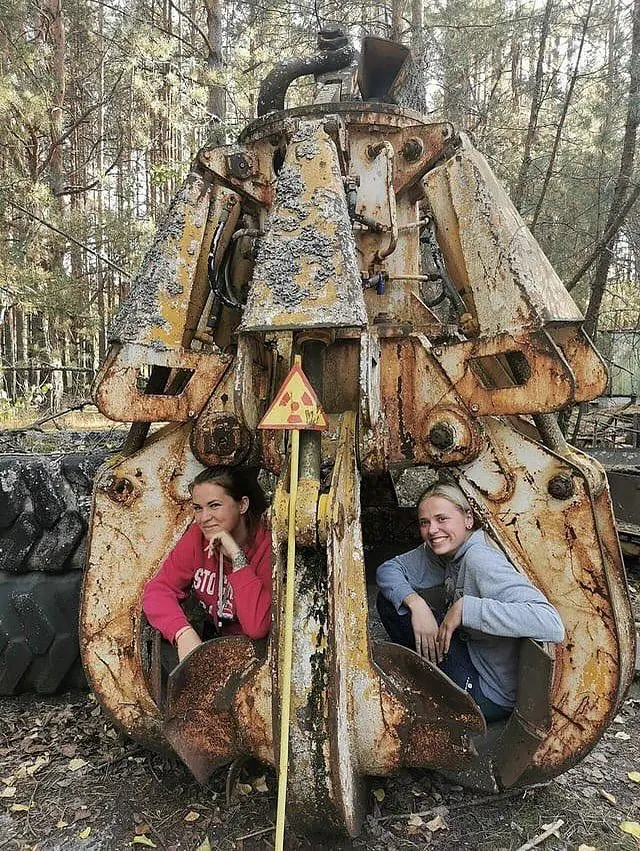
A Reminder of the World’s Worst Nuclear Accident
The Chernobyl disaster occurred when reactor four exploded, releasing massive amounts of radioactive material into the atmosphere and making the nearby city of Pripyat permanently uninhabitable. Nearly four decades later, reminders of the catastrophe are still scattered across the exclusion zone — from abandoned buildings to radioactive debris like the infamous claw.
Though the most hazardous relic, known as the Elephant’s Foot — a solidified mass of nuclear fuel and molten materials — remains sealed inside the reactor under the New Safe Confinement, the claw rests in the open air, making it one of the most dangerous items visitors can still physically reach.
How Dangerous Is the Claw?
According to radiation experts, standing close to the claw for just a few minutes may not cause immediate harm. The object emits about 0.3 millisieverts per hour, meaning that less than 20 minutes of exposure equals the dose of a chest x-ray. However, the real danger lies in something far less obvious: the radioactive dust coating the claw.
As one Reddit user explained, “The reason this thing is radioactive is that it’s coated with radioactive dirt. Dust that clings to skin, clothes, or shoes can continue emitting radiation and might even be ingested later.” In other words, while a short exposure may not cause severe health effects, careless contact can still carry long-term risks.
Another commenter bluntly noted: “Would I sit on it? Absolutely not. This is the most radioactive thing in the zone that visitors can actually touch.”
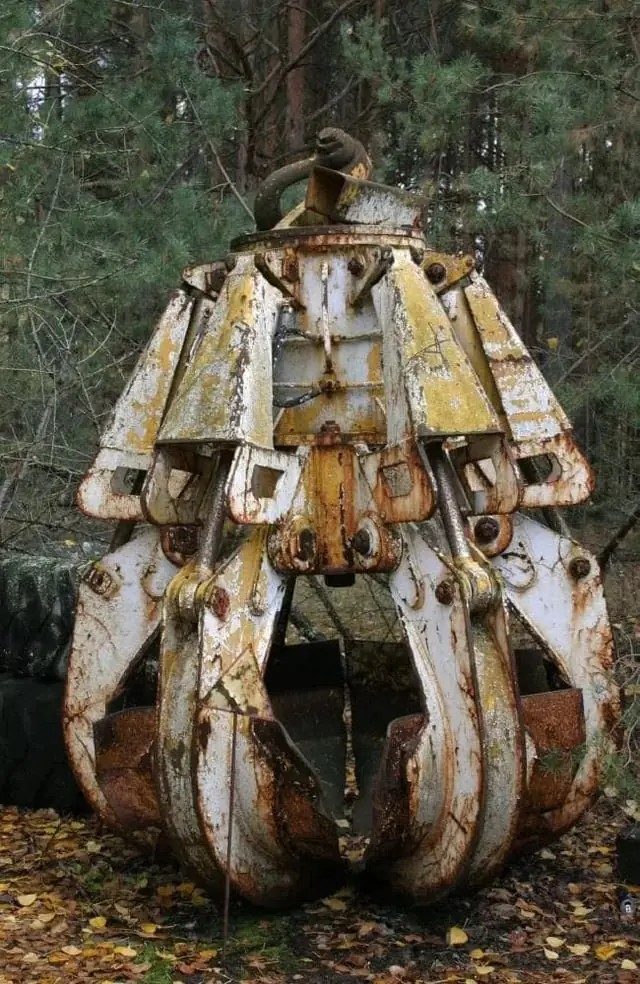
Comparing to the Elephant’s Foot
The claw is undoubtedly dangerous, but it pales in comparison to the terrifying Elephant’s Foot. Just 30 seconds of unprotected exposure to that radioactive mass could trigger acute symptoms such as dizziness, nausea, fever, and internal cellular damage. In the earliest years after the disaster, even brief contact was lethal.
Although radiation levels around the Elephant’s Foot have diminished over time, it continues to emit heat and stands as a stark reminder of the 31 people who died immediately from radiation poisoning and injuries, along with the countless others who later suffered long-term health consequences.
A Lasting Symbol of Chernobyl’s Legacy
More than 37 years after the explosion, relics like the claw continue to attract curiosity-seekers and raise questions about how humanity remembers and interacts with the scars of its past. To many, the photo of the tourists is more than a careless stunt — it’s a symbol of how easily history can be trivialized in the age of viral images.
Despite the risks, the claw remains in the exclusion zone, slowly corroding but still dangerously radioactive. Experts caution that it should serve as a lesson: what may look like harmless scrap metal is, in reality, a deadly reminder of one of the most devastating technological disasters in human history.
News in the same category


School speaks out after woman goes viral for 'stealing' baseball from kid at Phillies game

OnlyFans model who slept with 100 men in a day makes "heartbreaking" confession
Going viral on social media often comes with fame and fortune — but also unexpected sacrifices. For one British creator, the fallout from her controversial career hasn’t just impacted her life, but also deeply affected her family.

Food Experts Warn: 5 Everyday Foods You Should Never Put in the Freezer
Freezing leftovers is often hailed as the easiest way to cut down on food waste and save money. But according to food safety experts, not all foods handle icy temperatures well — and some can turn into an unappetizing mess after thawing.

Husband of employee caught with CEO on Coldplay jumbotron breaks silence with shocking twist
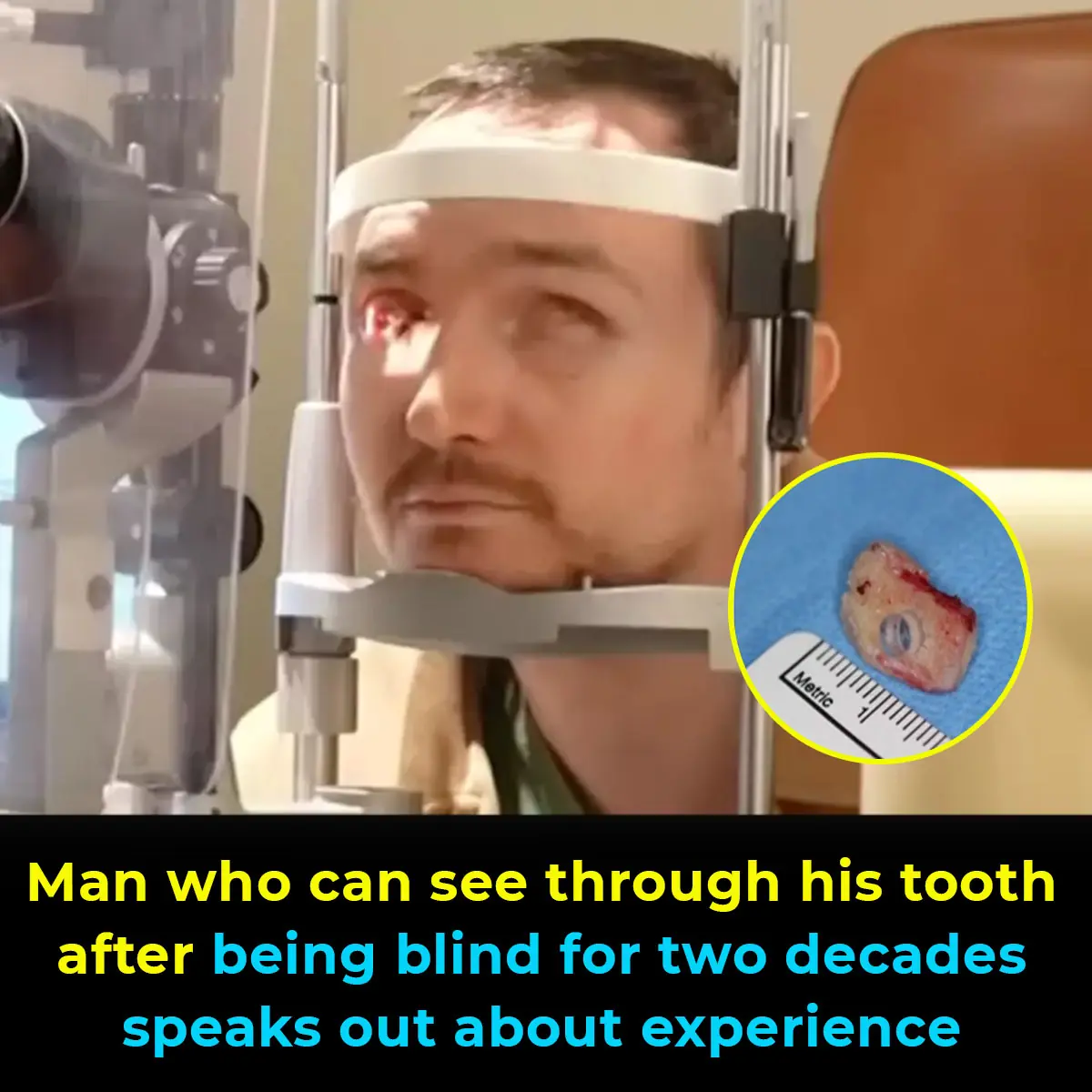
Man who can see through his tooth after being blind for two decades speaks out about experience

Bit of a shocker': 14 nurses at 1 Wisconsin hospital are pregnant at the same time
One hospital is experiencing a joyful — yet logistically challenging — surprise as an entire team of nurses prepare for motherhood together. With 14 pregnancies overlapping in the same unit, colleagues and managers are rallying to balance patient care

Heartwarming gesture from player after grown woman was caught doing controversial act to boy and father on live TV
A tense moment at a baseball game nearly ruined a child’s birthday when a controversial act by an adult fan shocked the crowd. But thanks to the kindness of players and team staff, the story ended in the most heartwarming way possible.

Controversial 'standing seats' could be brought into airlines next year with tickets as cheap as $5
Flying might soon look very different — and not everyone is thrilled. Airlines are reportedly preparing to introduce standing-style airplane seats that could slash ticket prices to just $5, sparking heated debate about comfort, safety, and the future of

French Farmer Discovers $4 Billion in Gold on His Land — But a Crushing Law Means He Can’t Keep a Cent
A once ordinary farming day turned into the discovery of a lifetime when a French farmer unearthed billions in buried gold. But his dream of instant fortune has quickly been replaced by frustration after learning a shocking rule may strip him of every oun

Baba Vanga’s Terrifying Predictions for the Next 3,000 Years Are About to Begin
For centuries, humanity has been fascinated by prophecies that claim to reveal the future. Now, a chilling set of predictions from one of the world’s most famous mystics, Baba Vanga, is resurfacing — and many of her forecasts are set to begin unfoldin

Worrying study suggests "the end of the universe" could be approaching "much sooner" than scientists thought
Astrophysicists have issued a chilling warning that the end of the universe may arrive far earlier than anyone previously believed. At the same time, centuries-old prophecies from famed mystic Baba Vanga resurface, sparking new debates about humanity’s

Apple insider reveals new leaks about foldable iPhone release for 2026
Apple may still be gearing up for the iPhone 17, but tech insiders are already buzzing about what comes next. If the leaks prove true, the iPhone 18 lineup could be Apple’s boldest reinvention yet, featuring a foldable design that could reshape the futu

Surgeon explains why he had his own legs amputated as he's sentenced to 32 months in jail
A former vascular surgeon stunned a courtroom as he explained why he deliberately destroyed his own legs before undergoing amputation. His disturbing double life, hidden beneath a respected medical career, has now unraveled into scandal, divorce, and pris

Grown woman caught on live TV doing controversial act to child and father at MLB game
What started as a joyful birthday surprise at an MLB game turned into a viral controversy when a fan stormed over to demand a ball from a father and his young son. But the story didn’t end there—what followed was both heartwarming and unexpected.

7 shoking reasons you shouldn't sleep in your underwear or risk health issues
Think sleeping in your underwear is harmless? Experts warn it could quietly be sabotaging your health in more ways than you realize. From skin irritation to hormone disruption, here’s why you may want to rethink your bedtime habits.

Apple insider reveals new leaks about foldable iPhone release for 2026

Experts reveal the five foods you should absolutely never freeze

Here’s how much the Powerball winner will owe in taxes after the $1.8 billion jackpot
The Powerball jackpot has climbed to an astronomical $1.8 billion, the second-largest prize in U.S. history. But before the lucky winner can celebrate a life of luxury, the taxman will be waiting with a massive bill that could drain hundreds of millions f
News Post

Nighttime Habits That Increase Your Risk of Stroke

Add a few drops of essential oil to the water used to clean the floor. Knowing the benefits, every family wants to follow suit.

Put garlic at the bedside, its "golden" uses, anyone who reads this will want to try it.

Honey, Lemon, Onion, Garlic & Ginger: The Daily Spoonful That Works Wonders

Vitamin E Oil uses for Skin – Glowing Skin, Dark Circles & Wrinkles

4 toxic plastic items

The Chicken Seller Said: "These 3 Types of Chicken Meat, No Matter How Cheap They Are, I Never Buy..."

4 Signs Your Kidneys Might Be in Serious Trouble

The Potent Remedy: Turmeric and Honey as a Natural Antibiotic

If Your Legs Cramp at Night, You Need to Know This Immediately!

Hanging a Towel on the Door Handle Before Bed: Unexpected Benefits That Few People Know

Why You Should Always Close Your Bedroom Door Before Going to Sleep
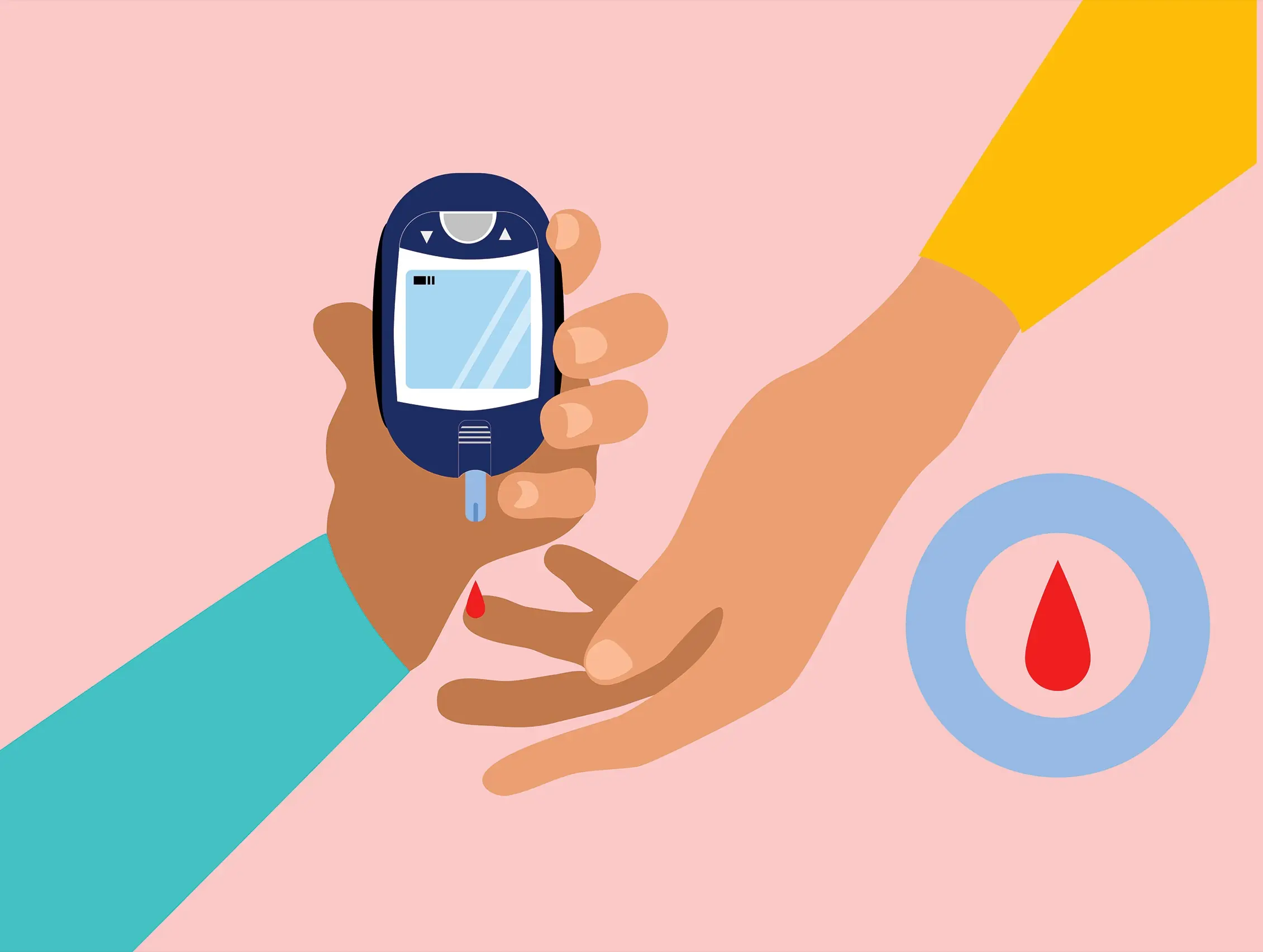
The FIRST Sign of HIGH BLOOD SUGAR Is…

The Shocking Effects of Sleeping Less Than 7 Hours

Scientists Have Discovered a “Kill Switch” in The Body That Can Destroy Any Cancer Cell

Snoring Isn't Just Annoying: It Could Be a Serious Health Warning

It grows everywhere, but this stunning plant hides a dark and dangerous secret… 💬👀
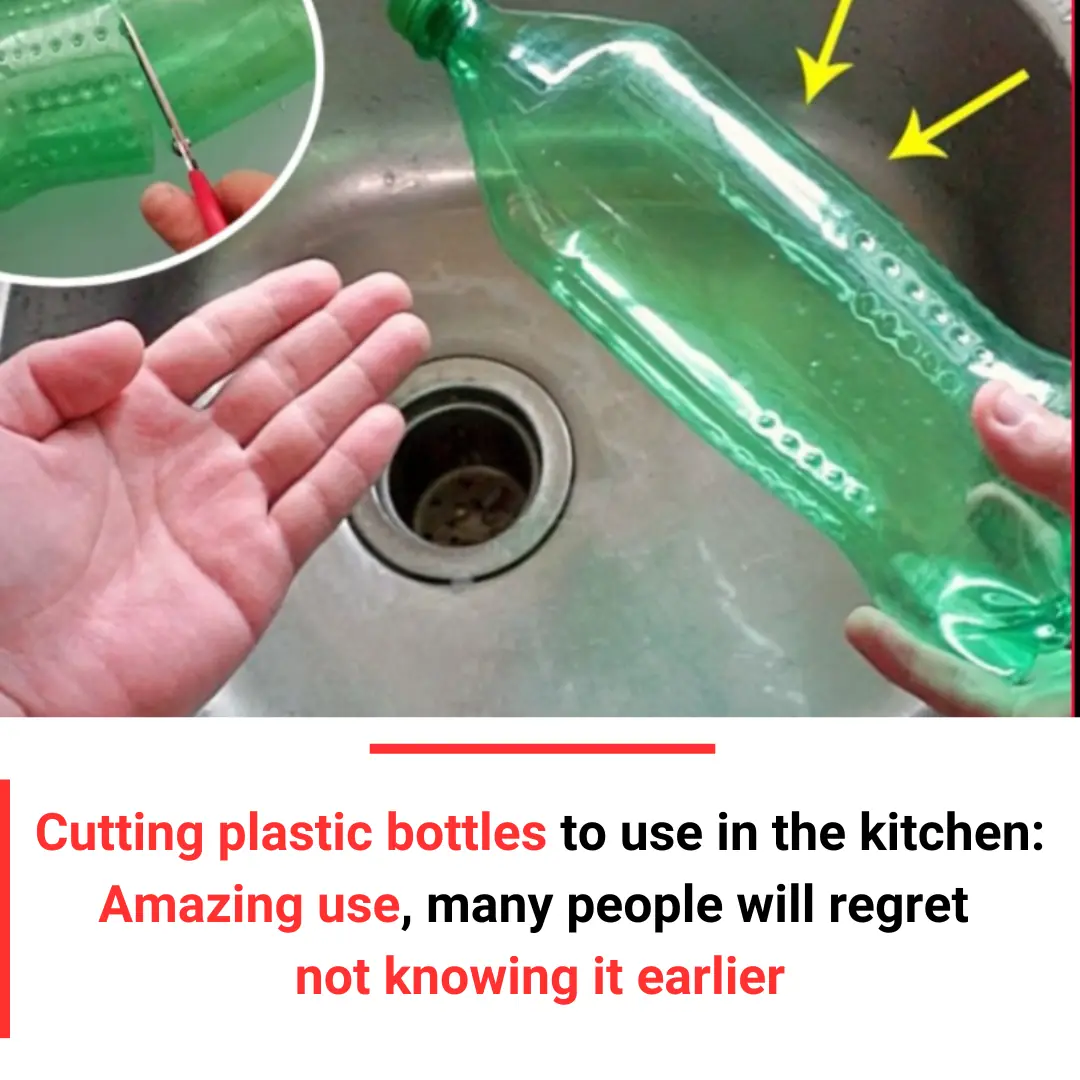
Cutting Plastic Bottles for the Kitchen: Amazing Uses You’ll Wish You Knew Sooner

CCF Detox Drink For Glowing Flawless Skin
